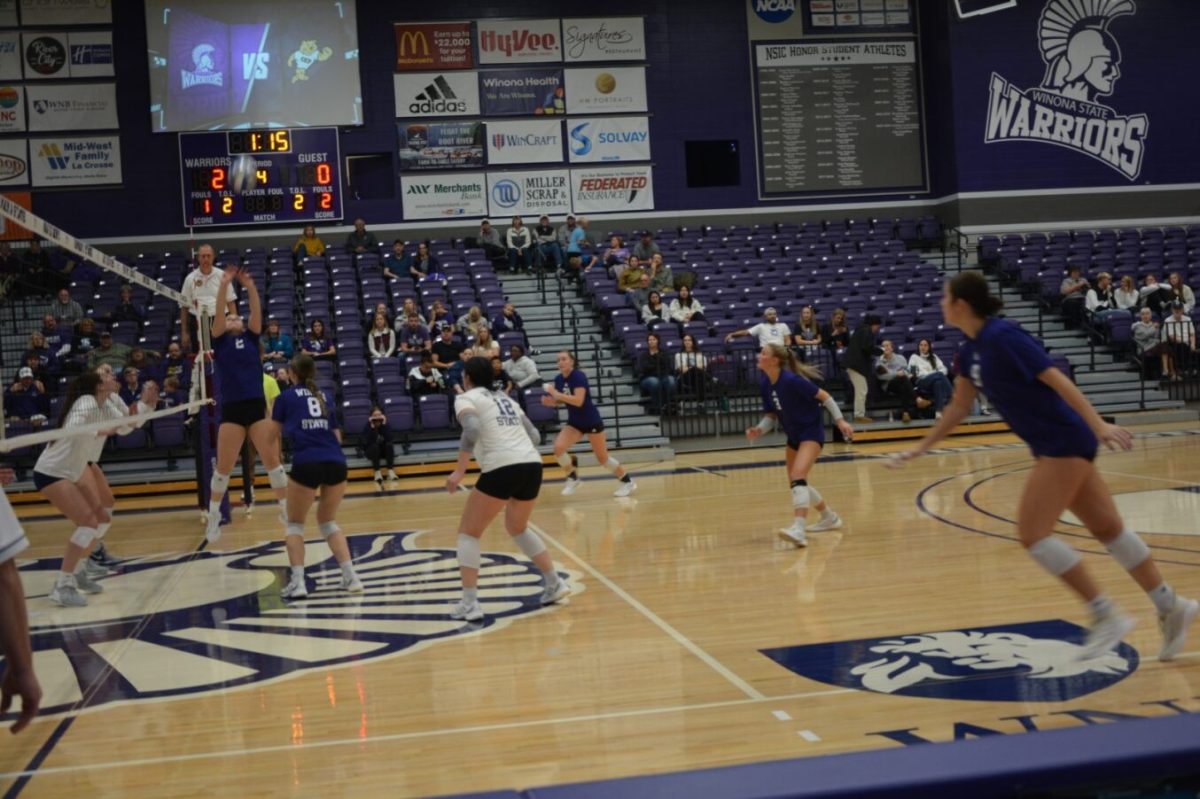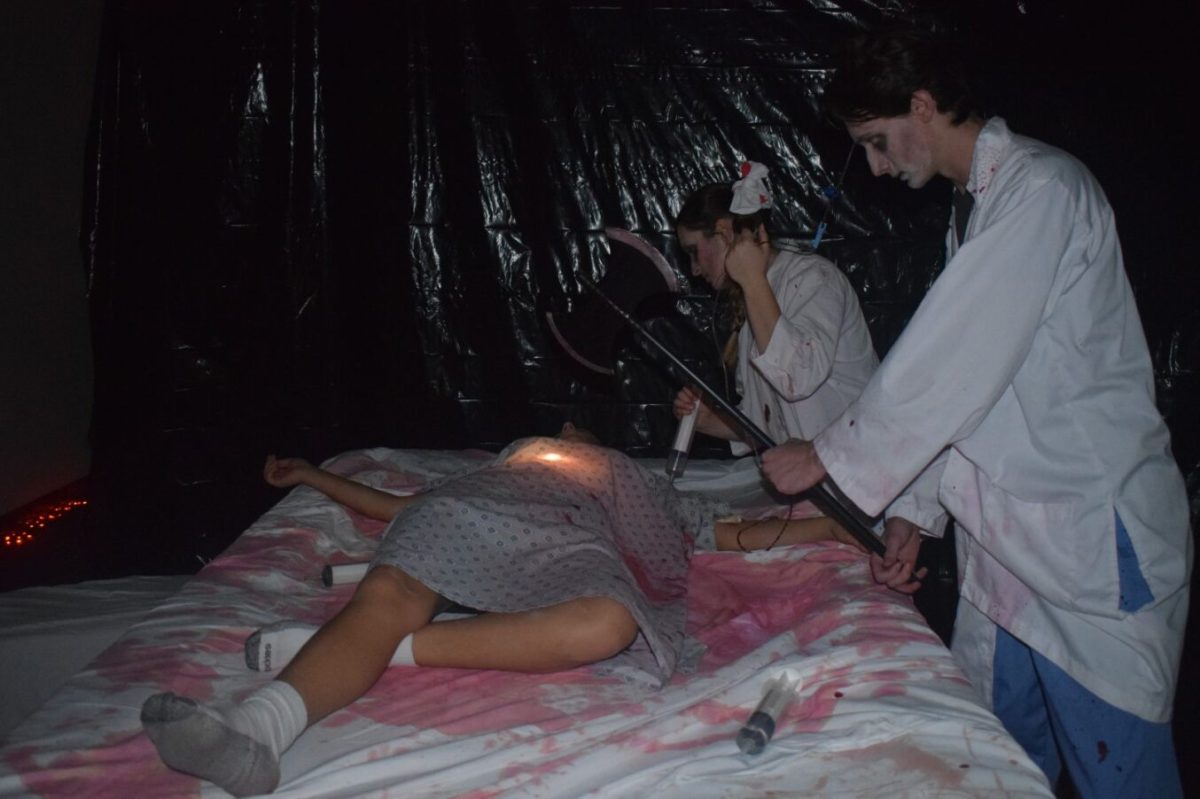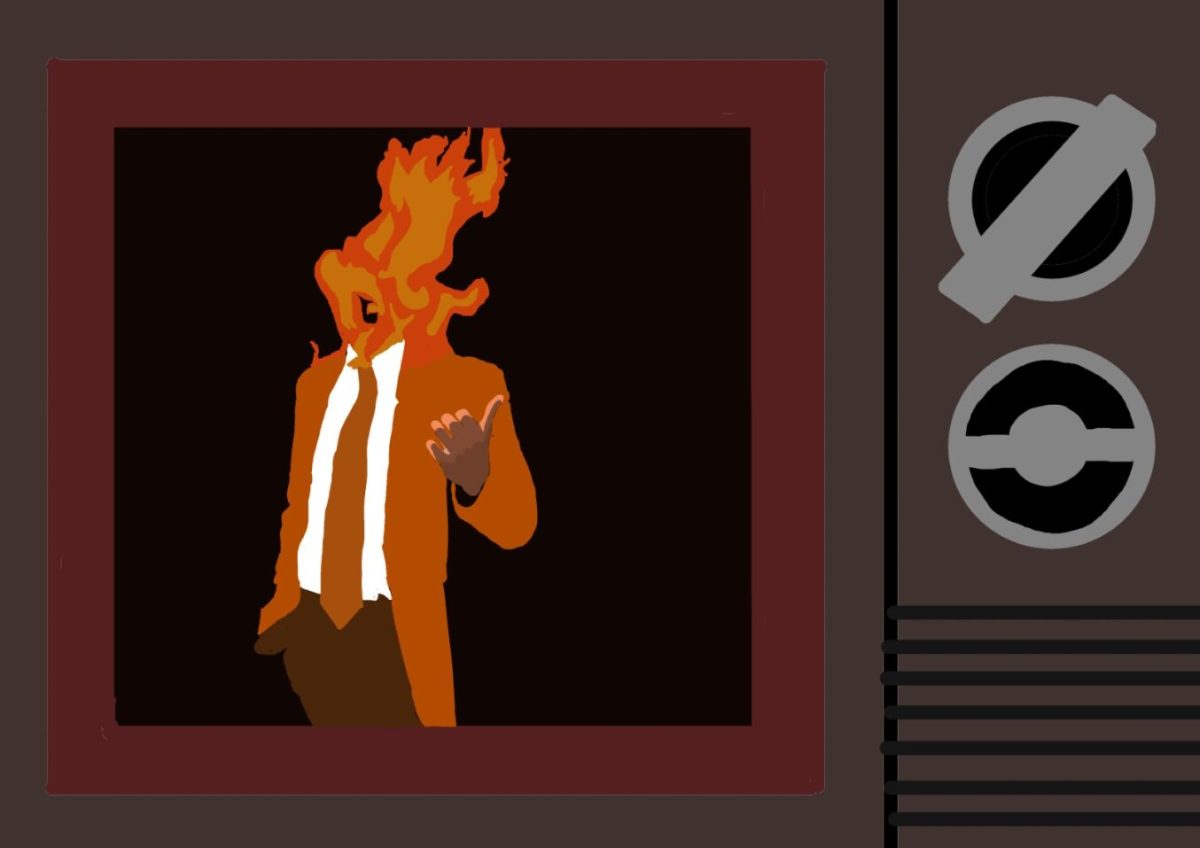Morghan Lemmenes / Winonan
This week, students will be taking this year’s university theme “Our Digital Humanity,” and put it into terms that all students are familiar with: movies.
Students in the film studies program will be hosting “Our Digital Humanity: A Film Series” Thursday, Oct. 27 through Monday, Oct. 31.
There are five students who are responsible for contacting film companies and asking them for rights to show the films to the public, working with stakeholders, studying prospective films, creating the programming and introducing and providing discussion of the films.
Senior Jake Nielsen, one of the first people who will be graduating with the film major, is a part of the team putting the series together.
“This is kind of a complex theme and I feel like just the title ‘Our Digital Humanity’ doesn’t give you much on what the theme is and what it stands for. So, it’s kind of a way for us to help people to see the theme through our lens, as well as showcase how film can fit into this theme,” Nielsen said.
The five students are running the series through a class for the film studies program, Film 490, Projects: Film Curation. They are learning how to bring films together for public exhibition.
The series will also help promote the film major and what the students do in classes like film curation.
“The biggest thing is getting public performance rights and license fees to be able to show them in public,” Nielsen said.
To show a movie to a friend is fine, but when students are moving the film to a bigger space and audience, they have to pay for the rights to show the film in public.
The series has a variety of films that are being shown throughout the five days.
“It’s kind of cool to have a spectrum of films from way back in the day to now that can fit into this theme and show that it is relevant throughout the years,” Nielsen said.
The series starts out with Charlie Chaplin’s “Modern Times” to show what people in the 1930s thought technology would be like in the future.
“Modern Times” takes what people thought technology would become in the future as it was being integrated into society and jobs for the first time. The movie works almost as a time capsule, looking back and seeing how technology might influence the development of society from the 1930s.
Brittany Bluhm, a soon-to-be film major and one of the five students responsible for the series, weighed in on the Chaplin film.
“Having the Charlie Chaplin film will give students insight as far as there are still films back a hundred years ago that we can still look at today and be inspired by whatever they present to us,” Bluhm said.
Following this, Werner Herzog’s documentary, “Lo and Behold: Mysteries of the Connected World,” will be shown on the second night.
The film looks at technologies from the past, especially when the internet was first started, and examines it from all different angles, such as where it began, where it is now and the possible downsides on it.
“Lo and Behold: Mysteries of the Connected World” acts as an analysis between “Modern Times” and the third movie “Her,” which was directed by Spike Jonze.
“It is almost the same film as “Modern Times” but more up to date. It’s doing the same thing, where it’s taking the possible path of technology that we are on right now and looking forward into the future and predict where that is going,” Nielsen said.
The fourth night features another documentary directed by Saffron Cassaday called “Cyber Seniors” and ends with David Cronenberg’s “Videodrome,” which is an extreme metaphor for how technology influences and changes us.
“One of the big things we wanted to show was how much technology can affect our lives and that I think is shown really well in all of the films,” Nielsen said.
Following each film, there will be a Q&A session where the audience can ask the five students questions.
“I think that part of the discussion for ‘Modern Times,’ being a black and white, older cinematic film, could be ‘how has technology evolved as far as shooting films,’” Bluhm said.
The films show yesterday’s perspectives alongside of today’s for a compare and contrast of what is in store for technology in the future.
-By Morghan Lemmenes






































